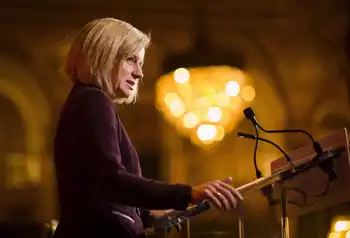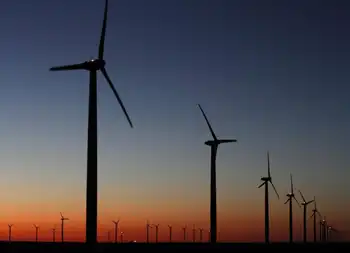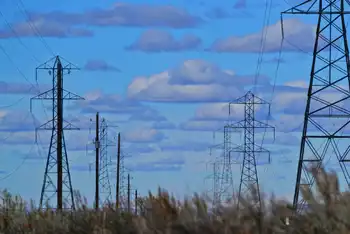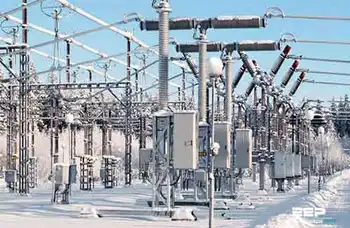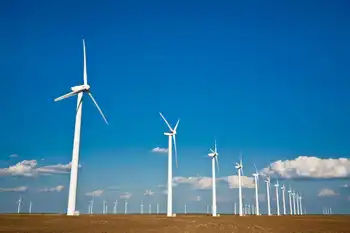Pocatello charter school to tap wind power
By Idaho State Journal
High Voltage Maintenance Training Online
Our customized live online or in‑person group training can be delivered to your staff at your location.

- Live Online
- 12 hours Instructor-led
- Group Training Available
The 45-foot-high turbine won't generate enough power to get the Pocatello Community Charter School off the power grid. But school administrators and teachers said they see it as a way to motivate students about renewable energy and send a message to the community.
"We are a green school and happy to be sending that message," Principal Martha Martin told the Idaho State Journal. "We really try to walk the talk here."
The Pocatello Planning and Zoning Commission approved a conditional use permit for the wind turbine, which will be about 51 feet high and cost about $20,000.
The turbine is part of the U.S. Department of Energy's Wind for Schools program and the first for a school in Pocatello. The school also installed solar panels in 2007.
Students will monitor output from the wind turbine using a computer as part of their course work.
The school is located next to the Portneuf River, allowing students quick access to do stream ecology projects as part of a curriculum called "expeditionary learning."
"We want to help raise a generation of kids who see themselves as stewards of the natural world," Martin said.
The Wind for Schools program in Idaho is overseen by Boise State University.
Todd Haynes, an energy systems research engineer with BSU, said a goal set by the Department of Energy calls for 20 percent of the nation's energy to be generated by wind by 2030. Currently, two percent of the nation's energy comes from wind.
"You can imagine the hill we still have to climb," Haynes said.
He said teaching children about renewable energy could lead to more of them choosing careers in an energy-related field.
Students at the school are currently working on a study about renewable energy.
"Having a wind turbine on campus will really bring that home," Martin said. "It's much more hands-on than studying it in a book."






